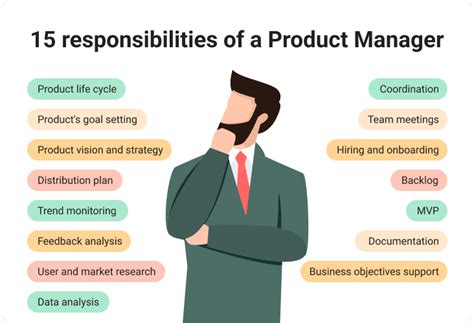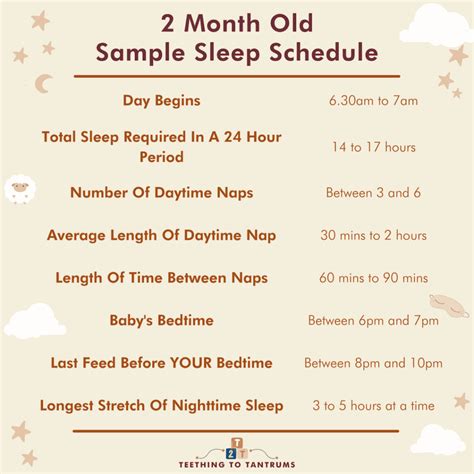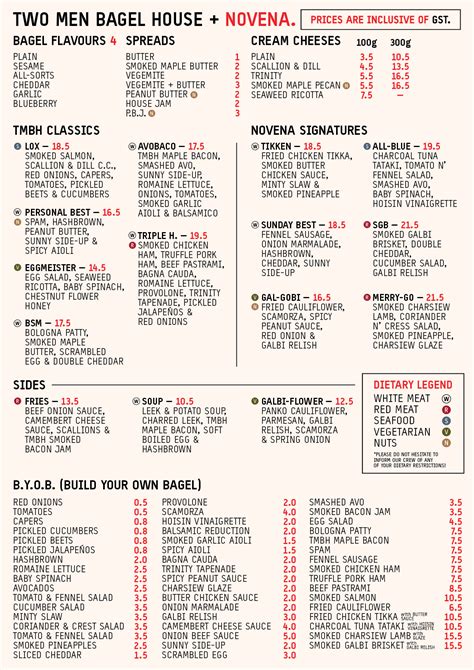What Does a Product Manager Do?

A product manager is responsible for the overall success of a product. They work closely with engineers, designers, marketers, and other stakeholders to ensure that the product meets the needs of its users. Product managers are also responsible for setting the product vision and roadmap, and for tracking the product’s progress.
Key Responsibilities
The key responsibilities of a product manager include:
- Defining the product vision and roadmap: The product vision is the long-term goal for the product. The product roadmap is a plan that outlines the steps that need to be taken to achieve the product vision.
- Conducting user research: Product managers need to understand the needs of their users in order to develop a product that meets their needs. They conduct user research through surveys, interviews, and focus groups.
- Working with engineers and designers: Product managers work closely with engineers and designers to bring the product to life. They provide engineers with the specifications for the product, and they work with designers to create the user interface.
- Marketing the product: Product managers are responsible for marketing the product to potential users. They develop marketing campaigns and work with sales teams to promote the product.
- Tracking the product’s progress: Product managers track the product’s progress through metrics such as user engagement, conversion rates, and customer satisfaction. They use this data to make decisions about how to improve the product.
Skills and Qualifications
Product managers need to have a strong understanding of the product development process. They also need to have excellent communication and interpersonal skills. Product managers typically have a bachelor’s degree in computer science, engineering, or business.
Salary
According to Glassdoor, the average salary for a product manager in the United States is $110,000. However, salaries can vary depending on experience, location, and company size.
Job Outlook
The job outlook for product managers is excellent. The Bureau of Labor Statistics projects that the number of product management jobs will grow by 12% between 2019 and 2029.
The 10 Pain Points of Product Management
Product managers face a number of challenges in their work. Some of the most common pain points include:
- Lack of resources: Product managers often have to work with limited resources. This can make it difficult to get the product to market quickly and efficiently.
- Competing priorities: Product managers often have to juggle multiple competing priorities. This can make it difficult to stay focused on the most important tasks.
- Unclear product vision: Product managers need to have a clear product vision in order to be successful. However, it can be difficult to develop a clear vision when there is a lot of uncertainty about the market.
- Changing user needs: User needs are constantly changing. This can make it difficult to keep the product up to date with the latest trends.
- Technical challenges: Product managers often have to work with complex technical challenges. This can make it difficult to get the product to market on time and on budget.
The 5 Motivations of Product Managers
Despite the challenges, product management is a highly rewarding career. Product managers are motivated by the following factors:
- The opportunity to make a difference: Product managers have the opportunity to make a real difference in the world. They can create products that help people solve problems and improve their lives.
- The challenge of solving complex problems: Product managers are constantly challenged to solve complex problems. This can be a very rewarding experience.
- The chance to learn and grow: Product managers have the opportunity to learn new things every day. They are constantly exposed to new technologies and trends.
- The opportunity to work with great people: Product managers work with a variety of talented people, including engineers, designers, marketers, and sales professionals.
- The potential for financial success: Product managers can earn a very good salary. They also have the potential to earn bonuses and equity in their company.
Common Mistakes to Avoid
Product managers can avoid many of the common pitfalls by following these guidelines:
- Don’t be afraid to ask for help: Product managers can’t do everything on their own. They need to be willing to ask for help from their team members and other stakeholders.
- Don’t get bogged down in details: Product managers need to focus on the big picture. They can’t get bogged down in the details of every single feature.
- Don’t be afraid to make mistakes: Mistakes are inevitable. The important thing is to learn from them and move on.
- Don’t give up: Product management is a challenging career. However, it is also a very rewarding one. Product managers should never give up on their dreams.
Pros and Cons of Product Management
Product management is a great career for people who are passionate about technology and business. However, it is important to be aware of the pros and cons of the job before making a decision.
Pros
- High salary potential: Product managers can earn a very good salary.
- Opportunity to make a difference: Product managers can have a real impact on the world by creating products that help people solve problems and improve their lives.
- Challenging and rewarding work: Product management is a challenging and rewarding career. Product managers are constantly learning new things and solving complex problems.
- Opportunity to work with great people: Product managers work with a variety of talented people, including engineers, designers, marketers, and sales professionals.
Cons
- Long hours: Product managers often work long hours.
- Stressful environment: Product management can be a stressful environment. Product managers are constantly under pressure to meet deadlines and deliver results.
- Lack of resources: Product managers often have to work with limited resources. This can make it difficult to get the product to market quickly and efficiently.
- Competing priorities: Product managers often have to juggle multiple competing priorities. This can make it difficult to stay focused on the most important tasks.
Innovative Ways to Generate Ideas for New Applications
Product managers are constantly looking for new ideas for applications. Here are a few creative ways to generate ideas:
- Brainstorming: Brainstorming is a great way to generate new ideas. Get a group of people together and brainstorm ideas for new applications.
- Mind mapping: Mind mapping is a visual way to generate new ideas. Start by writing down a central topic in the center of a piece of paper. Then, draw branches off of the central topic and write down related ideas.
- Freewriting: Freewriting is a great way to get your creative juices flowing. Set a timer for 10 minutes and write down whatever comes to mind. Don’t worry about grammar or spelling. Just write.
- Talking to customers: One of the best ways to generate new ideas for applications is to talk to customers. Ask them what problems they are facing and what they would like to see in a new application.
Useful Tables
Here are 4 useful tables that can help product managers in their work:
Table 1: Product Management Tools
| Tool | Description |
|---|---|
| Jira | Project management software |
| Confluence | Collaboration software |
| Asana | Task management software |
| Google Analytics | Website analytics software |
Table 2: Product Management Metrics
| Metric | Description |
|---|---|
| Monthly active users (MAU) | The number of users who have used the product in the past month |
| Daily active users (DAU) | The number of users who have used the product in the past day |
| Average session length | The average amount of time that users spend using the product |
| Conversion rate | The percentage of users who take a desired action, such as signing up for a trial or making a purchase |
Table 3: Product Management Best Practices
| Best Practice | Description |
|---|---|
| Define a clear product vision | Set a goal for your product and align your team on the desired outcome |
| Conduct user research | Get to know your target users and understand their needs and motivations |
| Prioritize features | Decide which features are most important and focus on those first |
| Build prototypes | Create prototypes of your product to test and refine your ideas |
| Iterate and improve | Make changes to your product based on user feedback and data analysis |
Table 4: Product Management Trends
| Trend | Description |
|---|---|
| The rise of artificial intelligence (AI) | AI is being used to automate tasks and improve decision-making in product management |
| The growth of agile development | Agile development methods allow product managers to iterate quickly and deliver products more efficiently |
| The increasing importance of customer experience | Customers are more demanding than ever before. Product managers need to focus on creating products that meet and exceed customer expectations |















